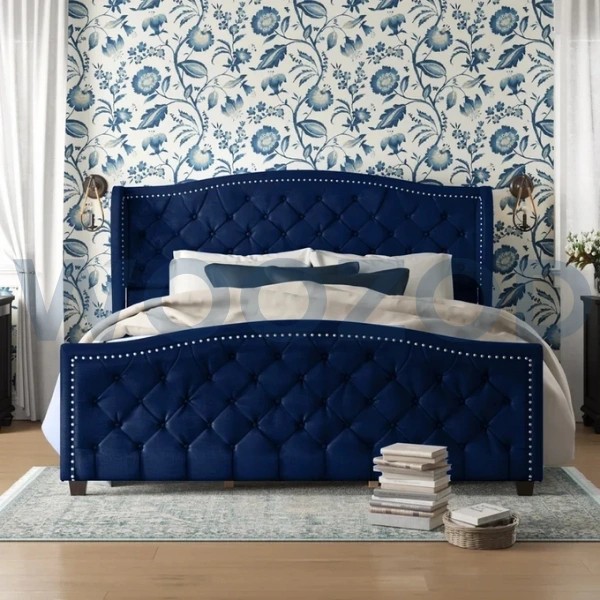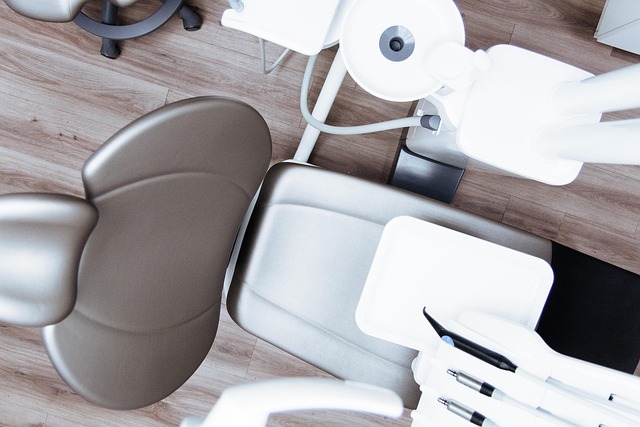Healthcare spaces are evolving to reflect a new priority: the patient experience. Traditional hospitals were built to maximize efficiency, but today’s architecture is being reimagined to reduce anxiety, support recovery, and put patients at the center of every decision. Across the UAE, where healthcare is rapidly modernizing, Mokza Healthcare has been helping facilities design spaces that combine innovation, safety, and compassion.
A recent study shows that “patient-centered designs improve recovery times by up to 30% and increase satisfaction scores by 25%.” This makes architectural design as important as medical treatments in shaping outcomes.
Architecture and Interior Design: Shaping the Patient Experience
Architecture and Interior Design in Dubai are increasingly influenced by patient-centered design philosophies. By integrating functionality with empathy, healthcare architecture creates environments where patients feel supported, not stressed.
Healing Architecture and Comfort
Architecture influences how safe and comfortable patients feel during treatment. Wide hallways for easier movement, clear signage to reduce confusion, and accessible layouts for people with disabilities all contribute to a sense of trust.

Clinics that incorporate these elements often see lower stress levels among patients, which directly supports recovery.
The Role of Natural Light
Natural light has long been associated with healing. Hospitals in Dubai are now using large windows, skylights, and open courtyards to ensure exposure to daylight.
Studies confirm that “patients with access to daylight require 22% fewer pain medications compared to those in artificially lit rooms.” Light isn’t just about visibility—it’s about wellness.
Color Psychology in Architecture
Colors influence emotions. Patient-centered designs use soothing shades like blues and greens in treatment areas, while warmer tones are reserved for waiting spaces. These subtle changes help calm nerves before procedures and improve the overall care experience.
Waiting Areas That Reduce Stress
The waiting room is often where patients experience the most anxiety. Patient-centered architecture designs these spaces as calming zones with comfortable seating, greenery, soft lighting, and even play areas for children.
Reducing stress here sets the tone for a positive patient journey.
Technology Integration in Architecture
Smart healthcare facilities are rising across the UAE. Digital check-in kiosks, interactive wayfinding systems, and telemedicine pods are integrated seamlessly into architectural design.
This avoids clutter while supporting modern patient expectations of speed and convenience.
Privacy in Patient-Centered Design
Privacy is one of the most requested features in healthcare. Soundproofing, separate consultation rooms, and discreet layouts ensure patients feel respected. In cultures where privacy is highly valued, such as the UAE, this becomes even more critical.
Sustainability and Green Architecture
Eco-friendly hospitals are gaining popularity in Dubai and Abu Dhabi. Patient-centered design embraces sustainability by using recycled materials, energy-efficient lighting, and smart HVAC systems.
These features not only reduce costs but also resonate with patients who increasingly associate wellness with sustainability.
Staff-Friendly Architecture
While patients are central, architecture also considers the people providing care. Staff lounges, ergonomic workstations, and efficient circulation routes reduce fatigue and improve productivity. A better environment for staff translates to better care for patients.
A survey found that “well-designed staff areas can improve workflow efficiency by 20% and reduce turnover rates.”
Cultural Context in UAE Healthcare Design
Patient-centered architecture in the UAE respects cultural norms. Separate waiting areas, prayer rooms, and family consultation spaces are integrated into modern hospital layouts. By reflecting cultural sensitivity, facilities build trust with diverse patient groups.

Flexible and Future-Proof Designs
The pandemic highlighted the need for adaptable spaces. Patient-centered architecture uses modular rooms and convertible layouts that can switch between general care and emergency use. This ensures facilities remain future-ready.
Conclusion
Patient-centered design is redefining the future of healthcare architecture in the UAE. From natural light to privacy, cultural sensitivity, and sustainability, every element now supports patient comfort and recovery. With guidance from Mokza Healthcare, facilities can create healing environments that meet global standards while respecting local needs.
FAQs
Q1: What is patient-centered design in healthcare?
It’s an architectural approach that prioritizes patient comfort, safety, and recovery experiences in healthcare facilities.
Q2: Why is natural light important in hospitals?
Daylight reduces stress, shortens recovery times, and improves both patient and staff well-being.
Q3: How does architecture affect staff efficiency?
Efficient layouts and ergonomic spaces reduce staff fatigue and improve workflow, enhancing patient care.
Q4: Is sustainability part of patient-centered design?
Yes, green architecture supports wellness, reduces costs, and aligns with UAE’s sustainability goals.
Q5: Why is cultural sensitivity vital in UAE hospital design?
Respecting traditions like gender-sensitive spaces and prayer rooms builds trust and inclusivity for patients.






